The Sámi people belong to the Finno-Ugric ethnic group Sápmi, which has territories today that include large portions of northern Norway, Sweden, Finland, and the Kola Peninsula within the Murmansk Oblast. Many Sámi folks prefer to use the name in their native language because the English term Lapps and Laplanders tend to be offensive in their midst. Historically, Sámi people have pursued a variety of livelihoods, including coastal fishing, fur trapping, and sheep herding. Herding reindeer was their primary source of income. Approximately 10% of the Sami are reindeer herding, providing them with meat, fur, and transportation. In Norway, 2,800 Sámi people actively participate in reindeer herding on a full-time basis. In some regions of the Nordic countries, reindeer herding is legally reserved for Sámi people for traditional, ecological, cultural, and political reasons.
Sámi culture originated in the middle and upper Volga regions because of corded ware. They first moved toward the northwest from the early homeland of the Uralic people during the second and third millennium BC. These ancient river routes had long been in use in northern Russia, and they used them on their journey. Initially, some of these people spoke western Uralic, and they stayed in the regions between Karelia, Ladoga, Lake Ilmen, and further east and south. Eventually, after arriving in Finland at the start of the Common Era, these peoples formed the group of Sámi, who occupied the Finnish Lakeland between 1600 and 1500 BC.
Photographer Lotten von Düben captured the historical photographs of the Sami people. She and her husband went on an expedition to Lapland on July 3, 1868. To produce iodinated collodion negatives, they took all the heavy photographic equipment with them. Lotten von Dühen photographed the Samis from the front, then in profile, with a stereo camera.


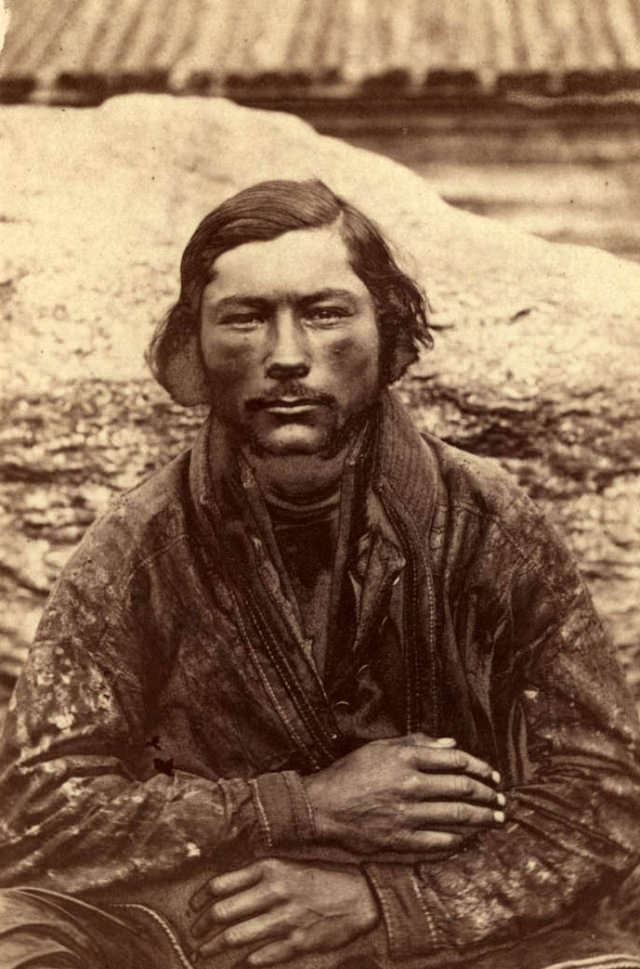
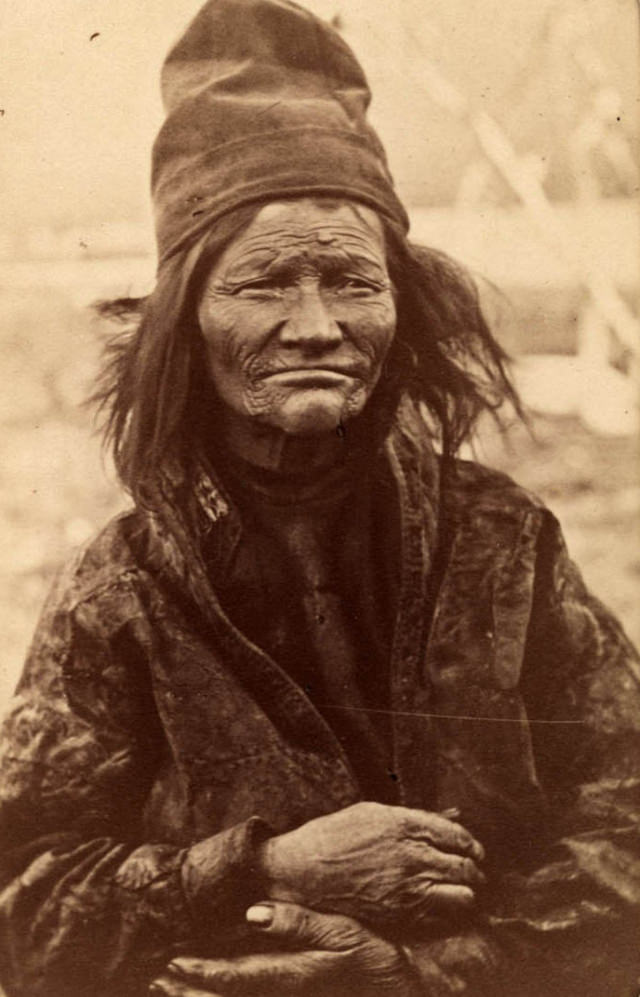
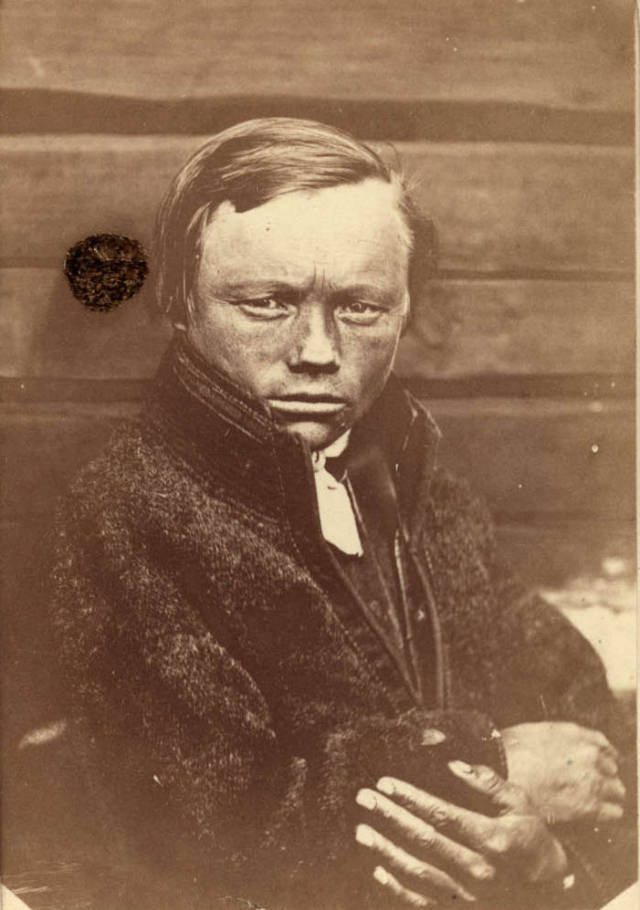
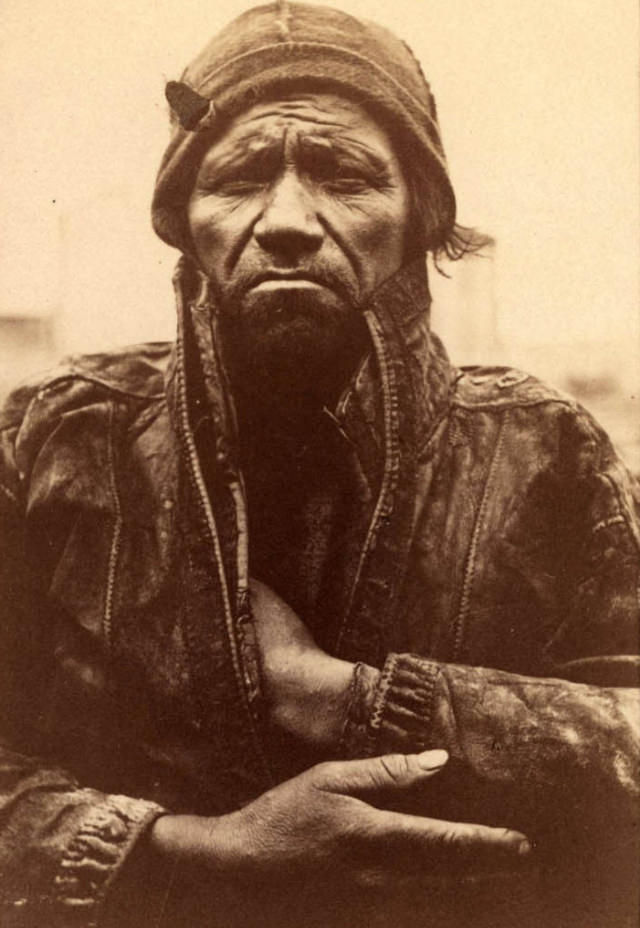
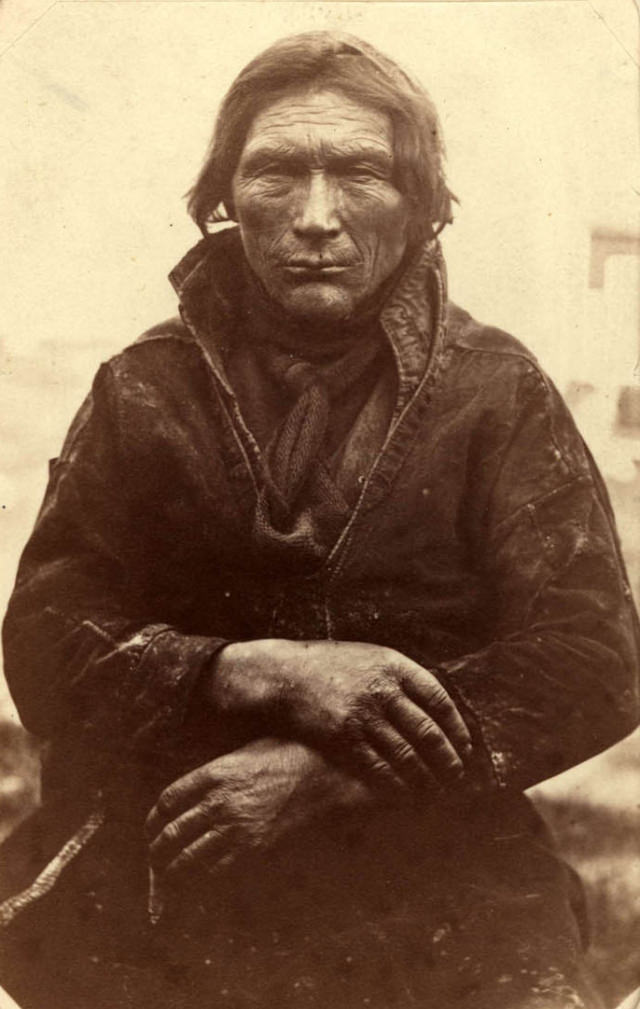
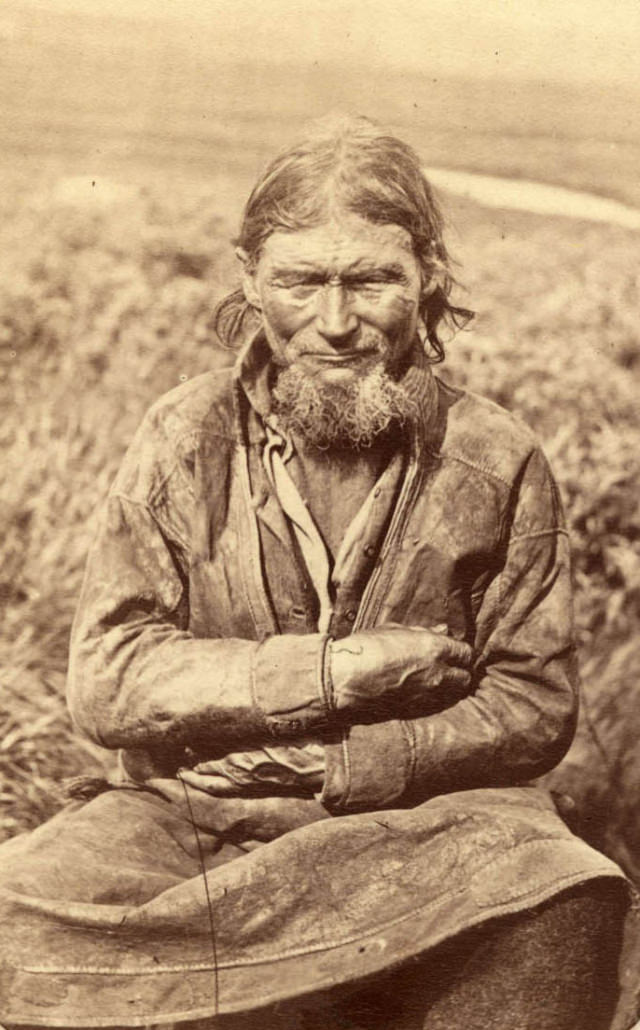
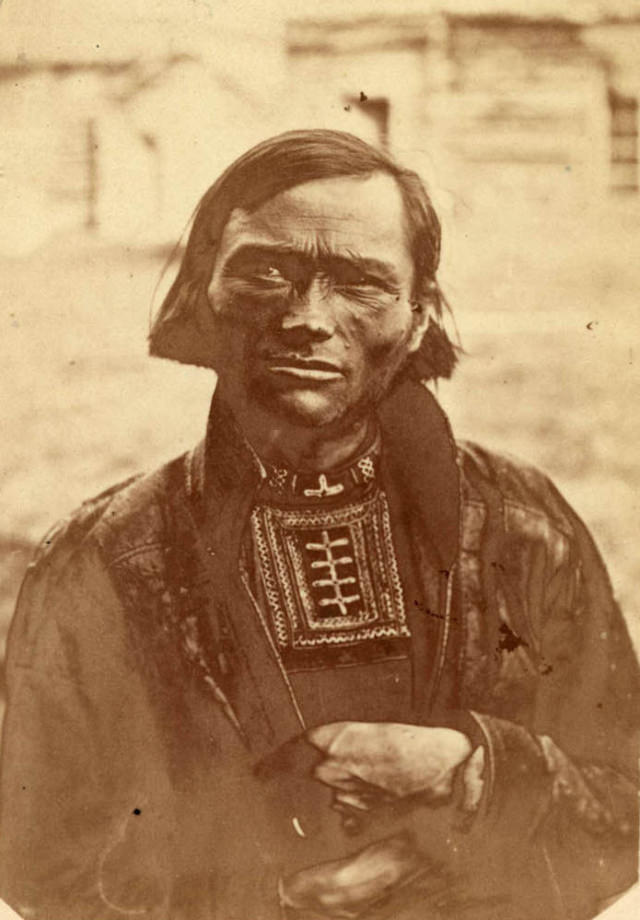
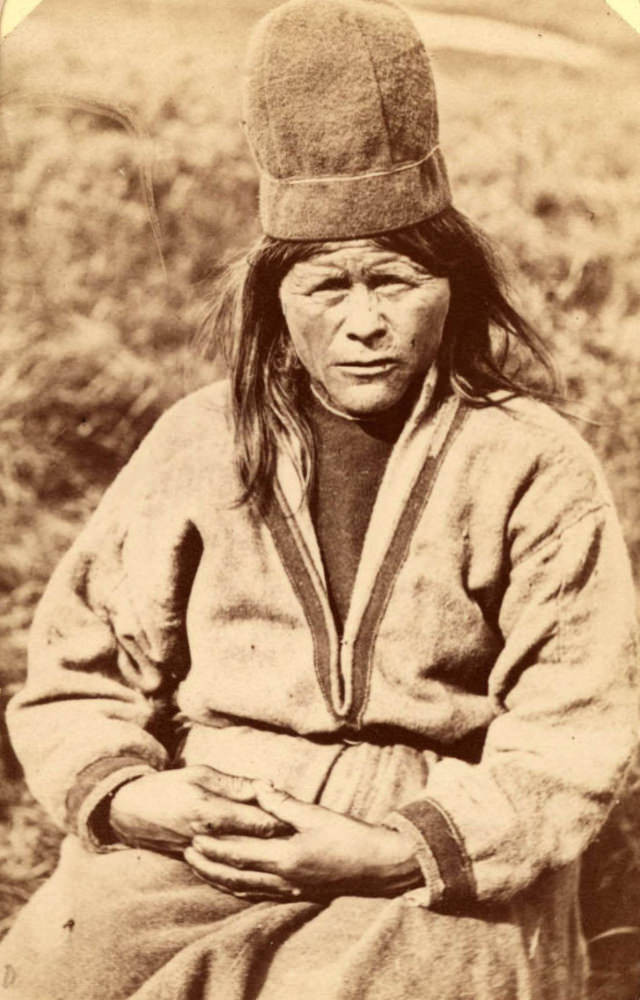
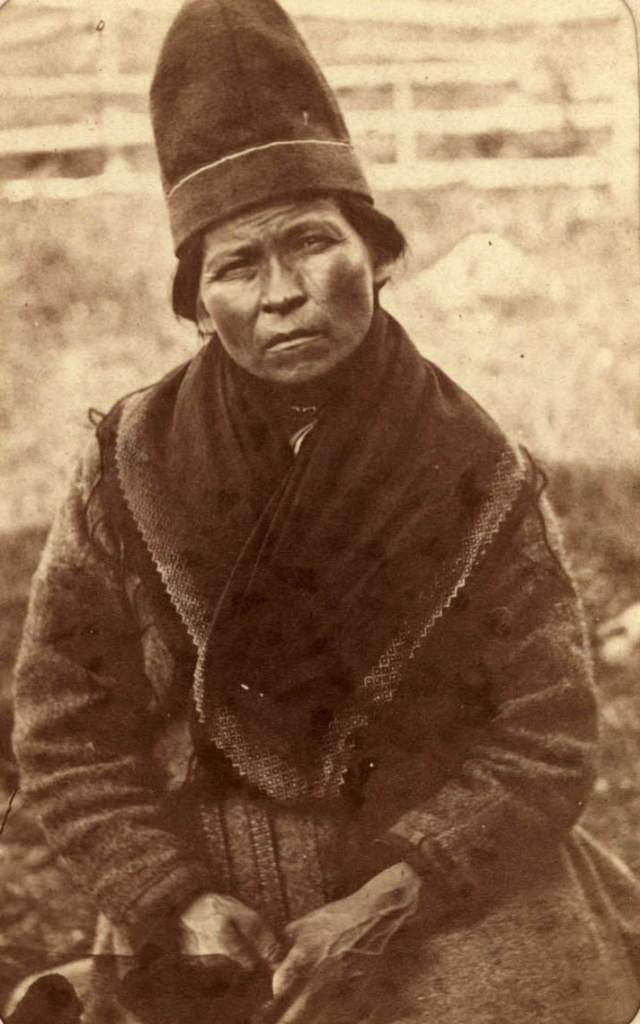
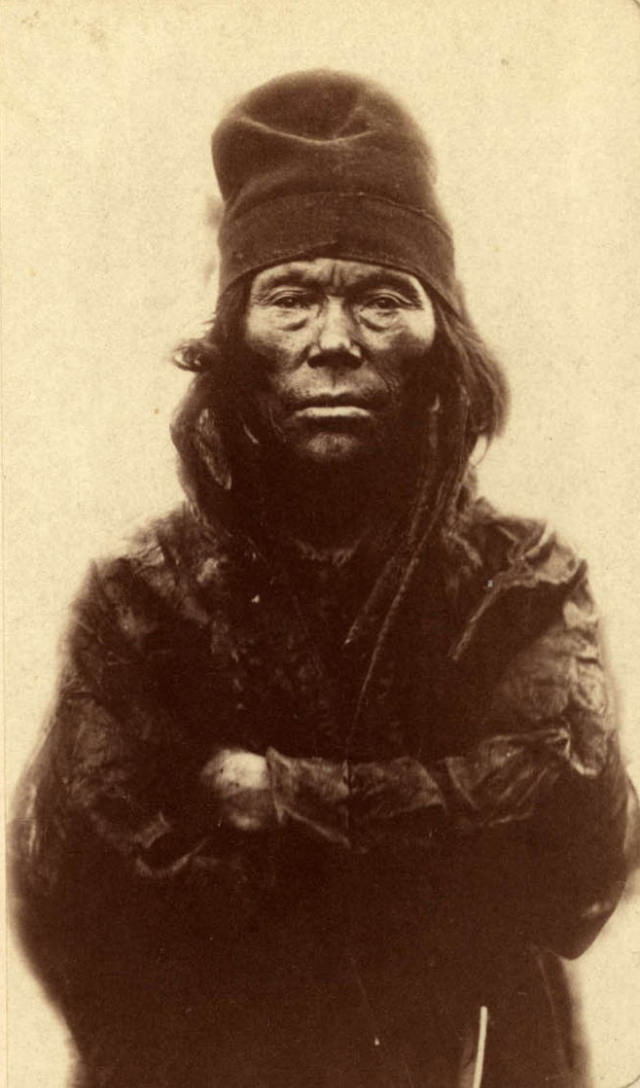
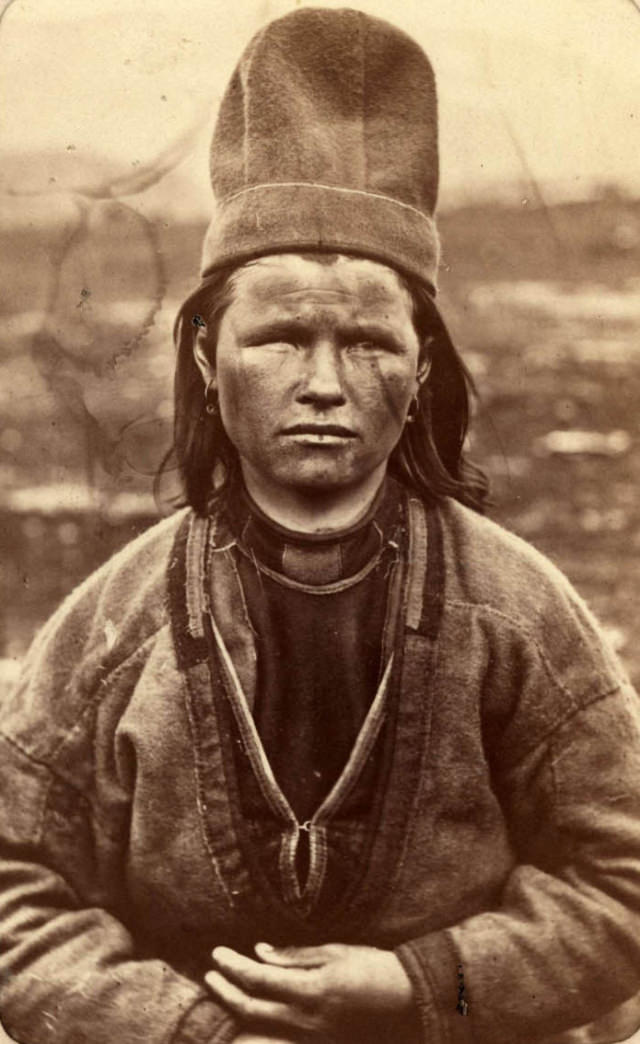
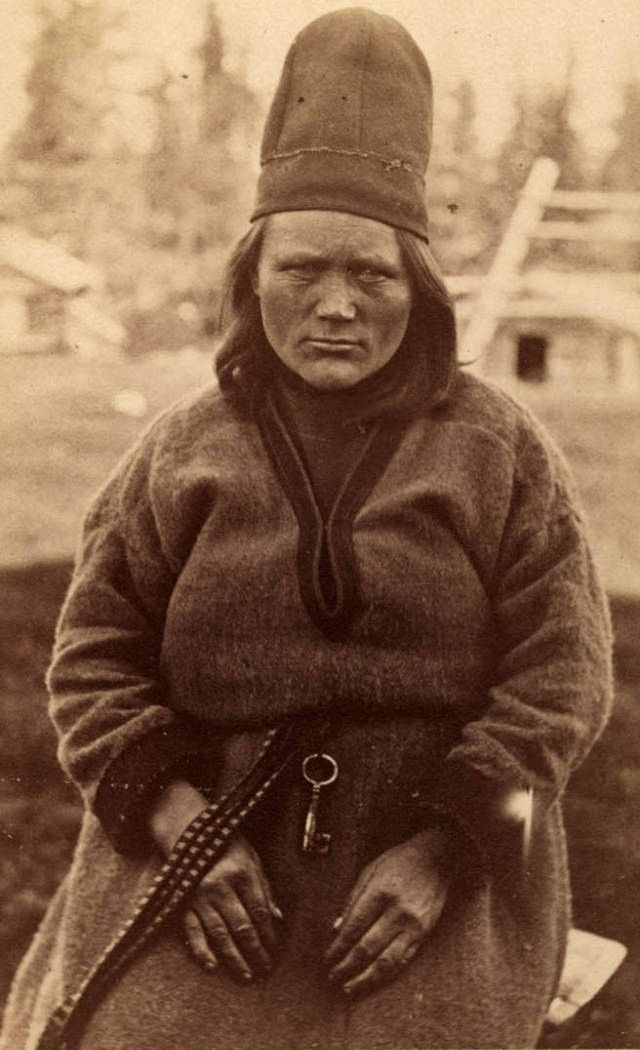

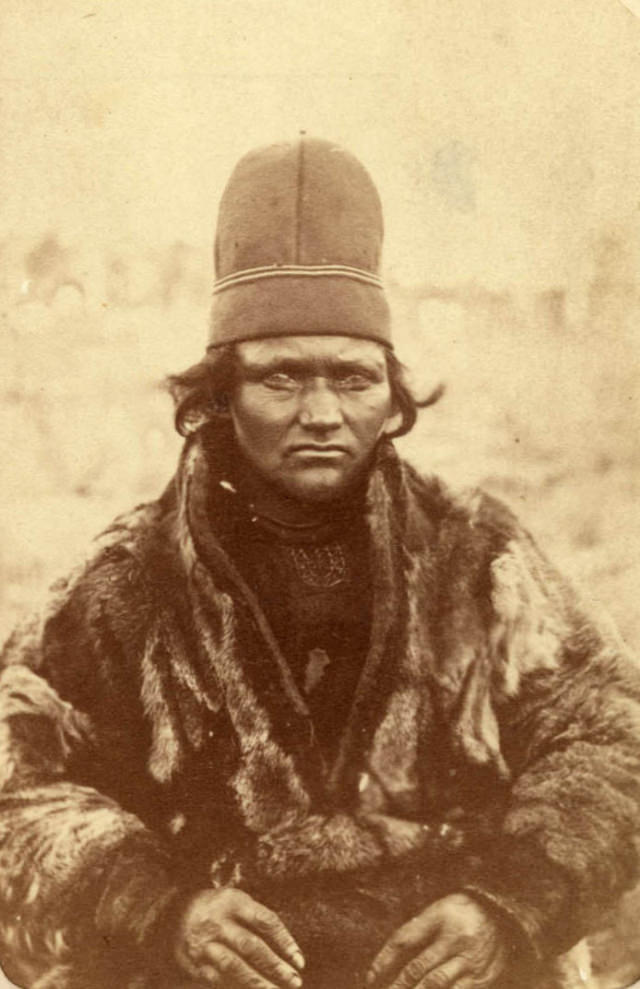
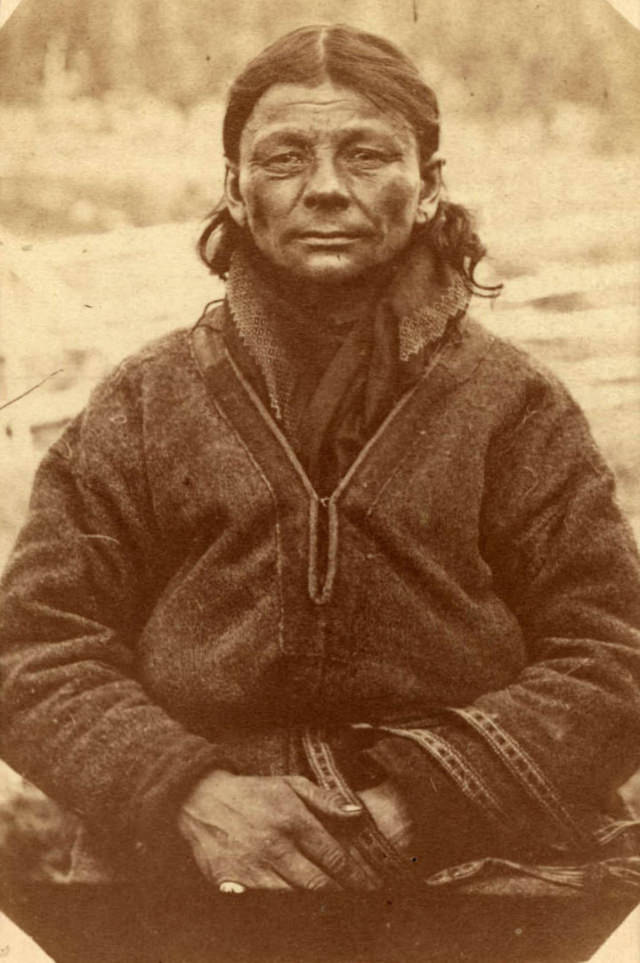
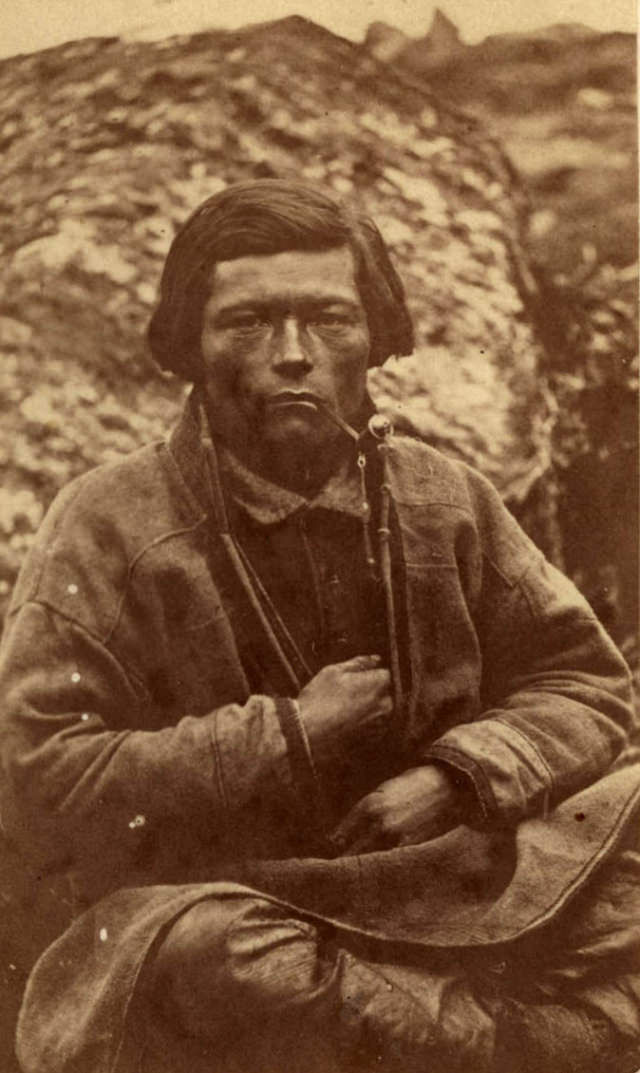
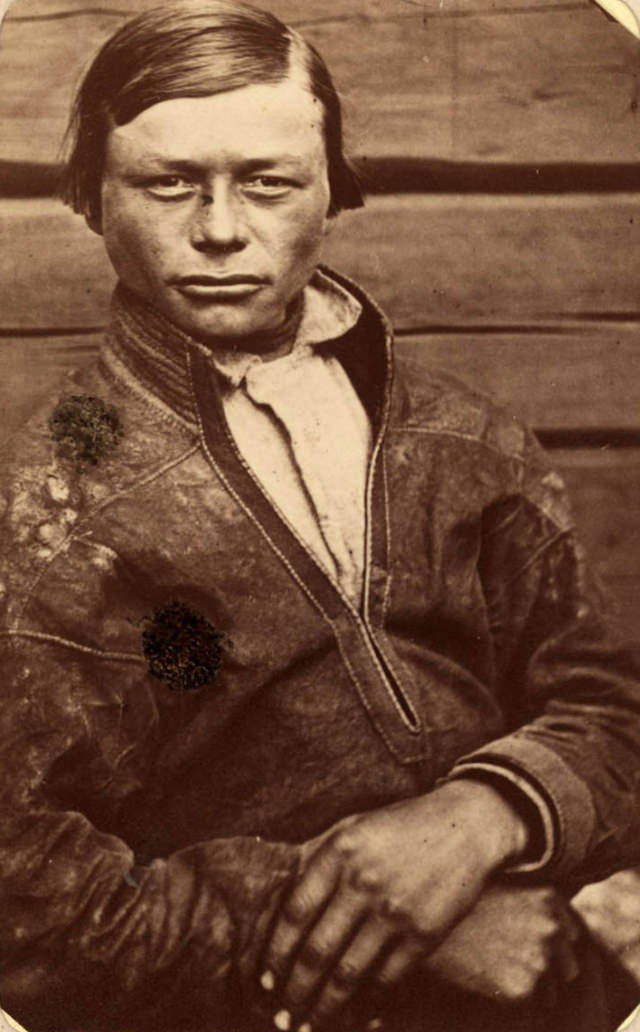
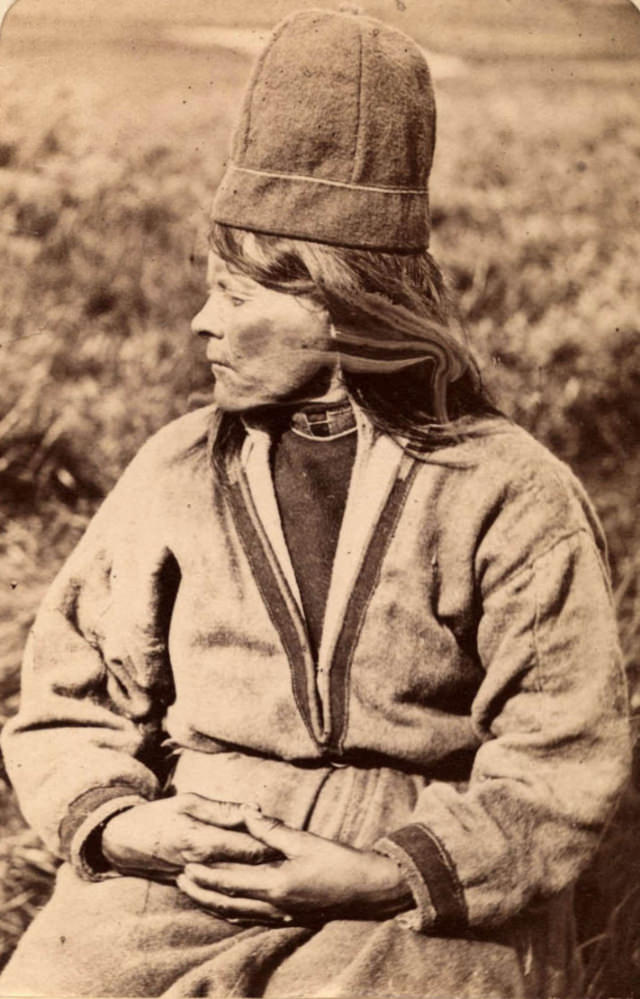
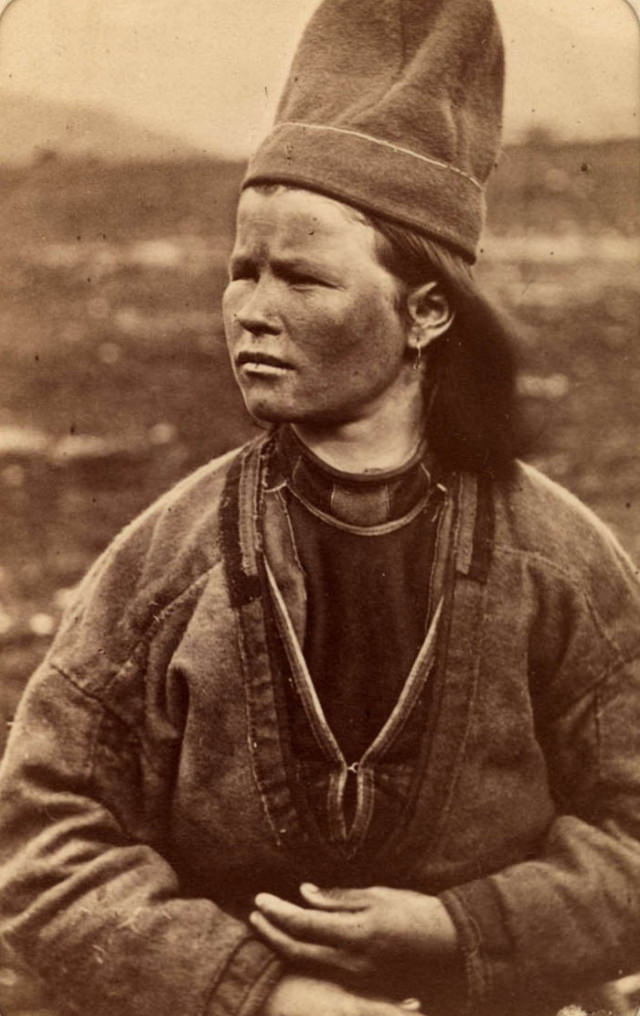
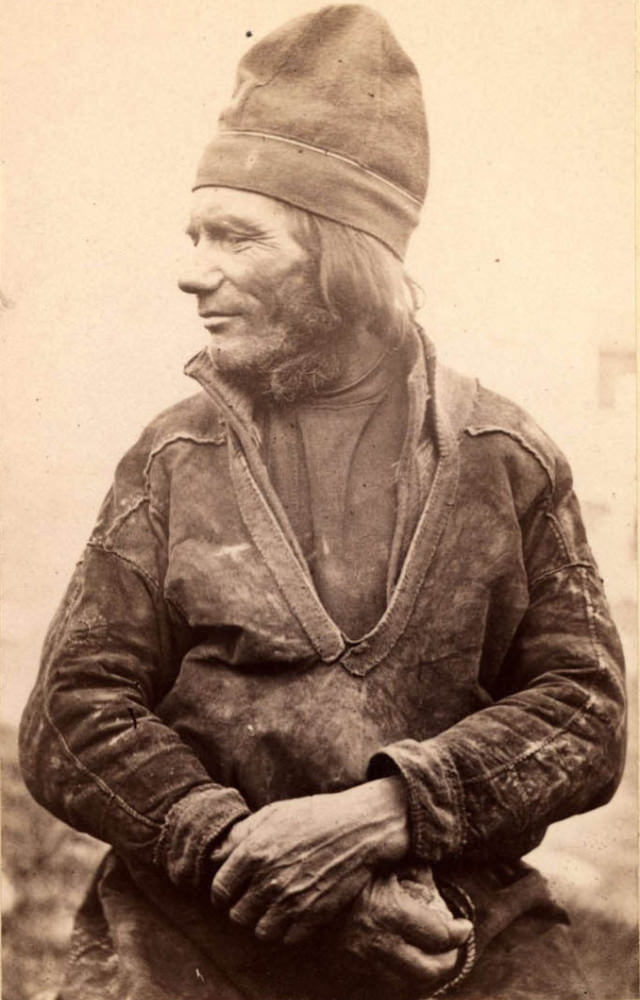
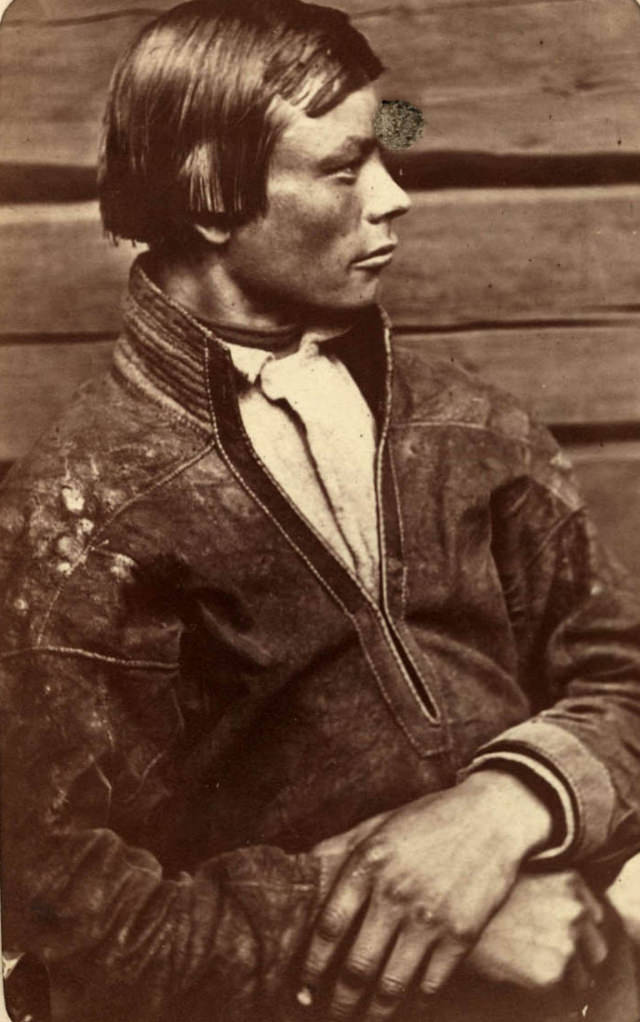
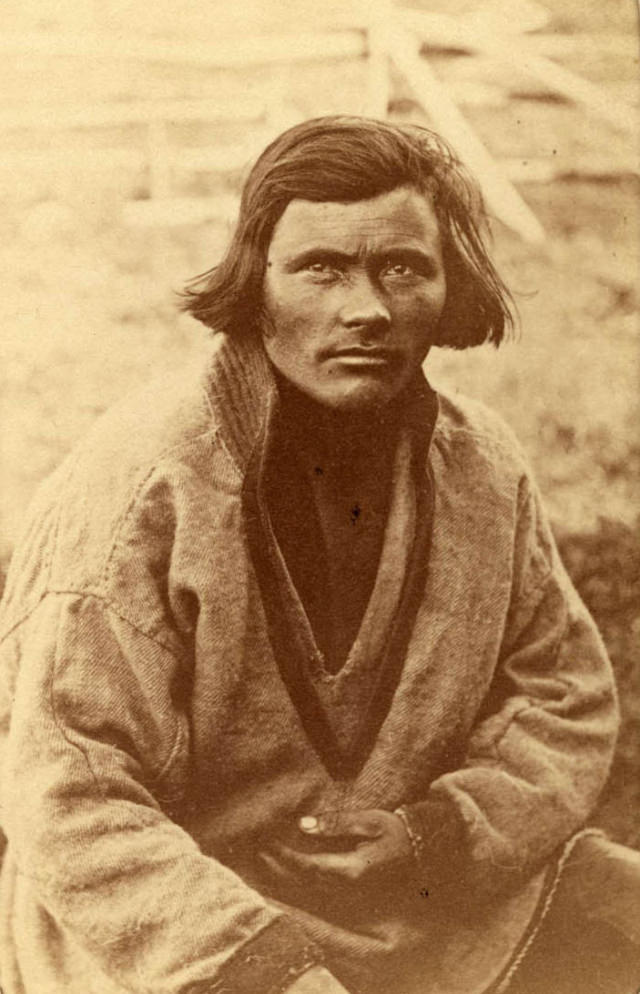
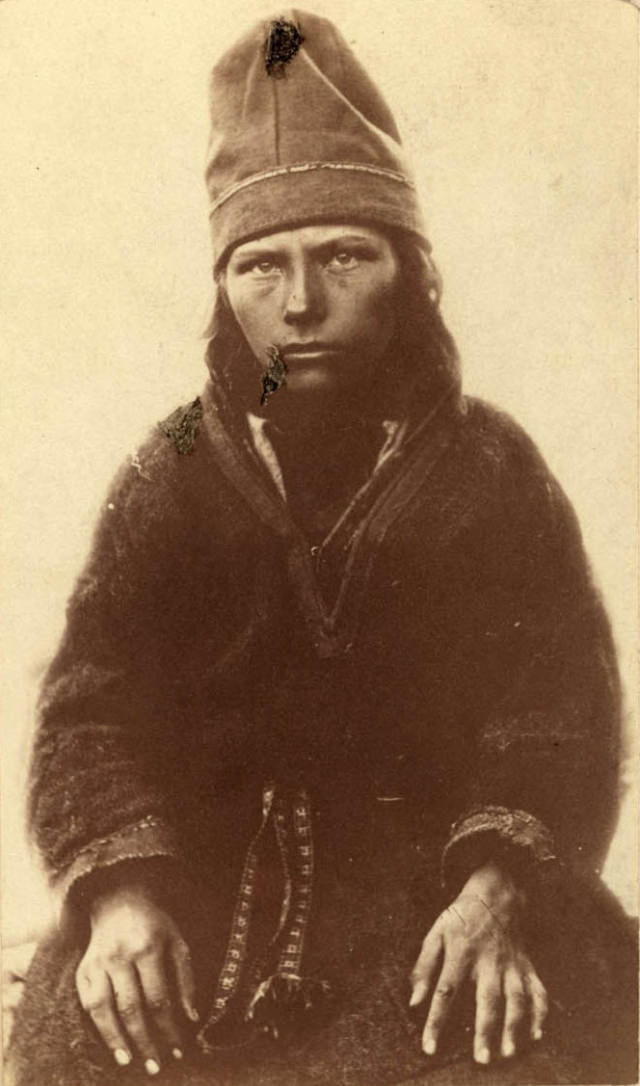
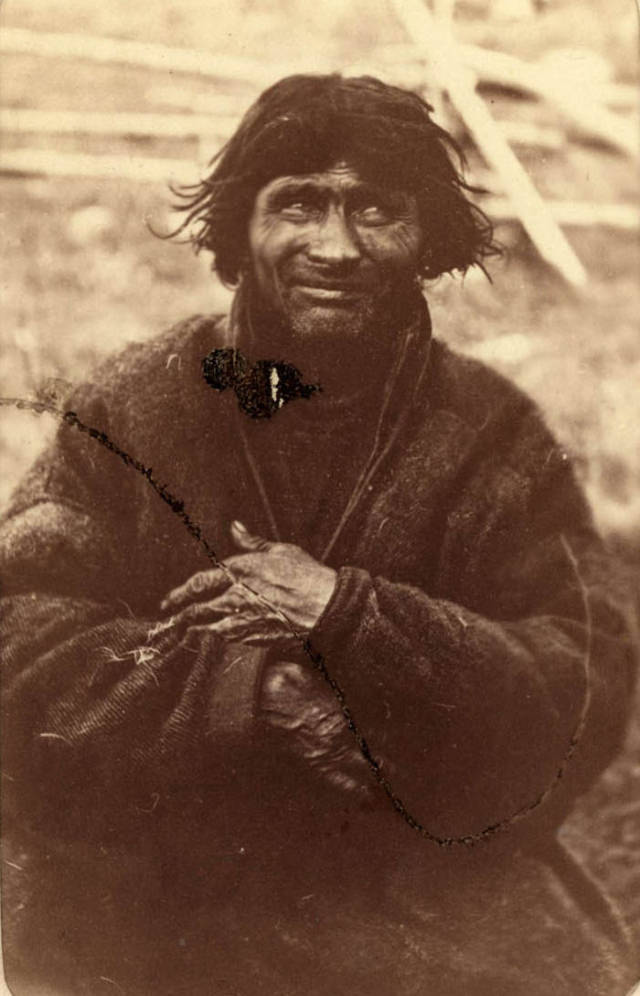
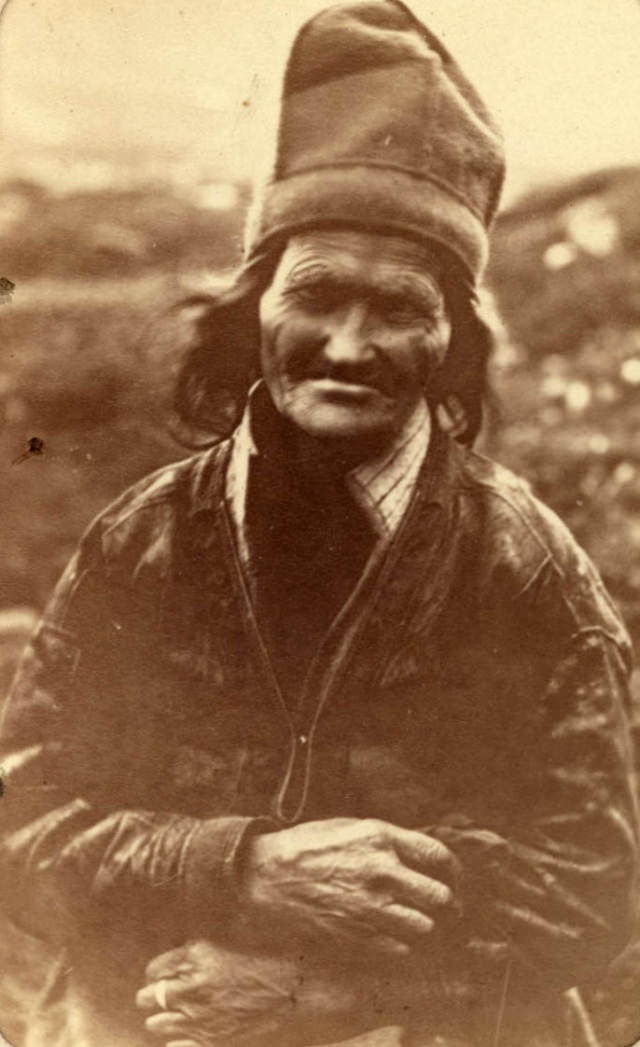

Sami people are thought to be white-skinned unless the color of the photos is misleading. I don’t know; it’s hard to tell. Regardless, these are beautiful photos of people who are often forgotten in indigenous societies.
Their native land is in northern Europe, and they are white.
The photos were taken from a problematic context, and that is an understatement. It seems that a more rigorous source might be more accurate than the article’s last line. These images were taken in circumstances of oppression and were intended to legitimize genocide. Sami is worried these images should be disparaged on the internet out of context.
A bit of background: The photographer took part in “anthropology” studies in Sweden around and within the racial biological institutions, which focused on documenting the Sami people.
Gustav von Düben’s studies of the Sami were photographed by Lotten von Düben, who married von Düben and was his wife. Her photos mostly show identifiable individuals like above, though others appear to show racial biological variants such as front-back-sides that appear to be intended for racial biological studies. “Physical Anthropology” studies were to be conducted on all of them.
From the Royal Medical College collection of Sami skulls, von Düben was inspired to study Sami ethnically.